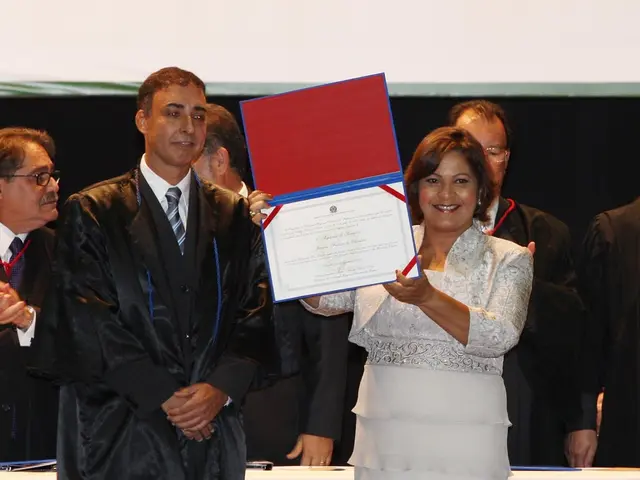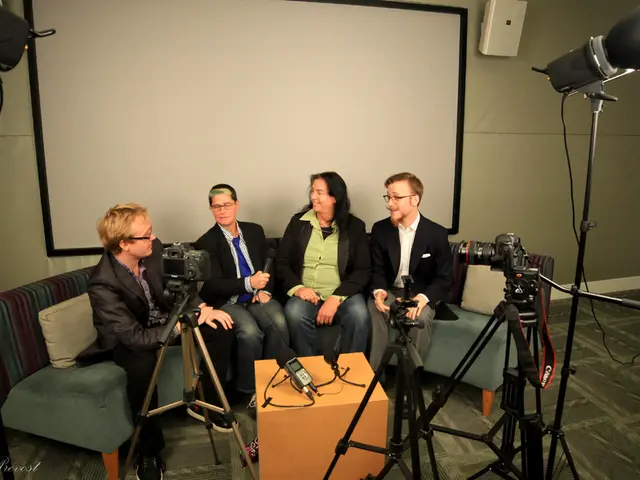Revealing Educational Secrets: A Deep Dive into Academic Knowledge
In today's fast-paced economic landscape, the connection between public and private sectors is paramount for fostering innovation. Universities, as research and knowledge hubs, have immense potential to propel industrial progress. However, to tap into this potential, strategic alliances are necessary.
This piece delves into how leveraging university research can spur innovation across various industries, emphasizing the need for favorable government policies and intellectual property adjustments. By cultivating an environment conducive for academic insights to transition into practical applications, we can tackle current challenges and unlock new opportunities for growth.
Institutions like MIT have demonstrated the power of such collaborations, transforming cutting-edge research into groundbreaking technology and ventures. Their collaborative models not only showcase the potency of public-private partnerships but also offer valuable lessons on structuring shareholder interests and intellectual property rights that benefit both academia and industry.
As we scrutinize these successful case studies, we'll uncover practical strategies for enhancing collaboration, stimulating economic development, and ultimately turning innovative ideas into a reality. By implementing a holistic approach involving policy adjustments and stakeholder engagement, we can establish a robust framework that maximizes university research's impact on industry innovation.
MIT: A Crucible of Innovation
During World War II, the MIT fostered robust partnerships with the federal government, enabling swift translation of innovative ideas into actionable solutions. This collaborative framework led to the creation of vital research labs, such as the Radiation Laboratory and Charles Stark Draper's instruments lab. Draper's lab worked on developing advanced navigation systems, culminating in the Mark 14 gunsight, which significantly improved artillery accuracy. Meanwhile, the Radiation Laboratory advanced microwave radar technology, enhancing defensive capabilities against airborne threats.
According to research by the Lemelson Center for the Study of Invention & Innovation, MIT's structured collaboration model addressed not only immediate wartime needs but also established a legacy of partnerships that continues to thrive. This history underscores the immense potential of an institutional commitment to combining research with real-world applications to drive sustained innovation across multiple fields.
The Future and Beyond
In essence, the MIT's approach during World War II showcases the power of effective partnerships between academic institutions, government, and industry. This model of collaboration has been replicated worldwide, demonstrating that when diverse sectors unite, the possibilities for transformative advancements multiply exponentially. As we continue to examine and decipher these patterns of cooperation, we can identify best practices and strategies that foster innovation on a global scale. The future holds great promise for further exploration and application of university research, and by embracing these collaborative frameworks, we can drive economic growth and address the challenges confronting various industries today.
ABOUT RAYMOND CHAN
Raymond is a software engineer by trade with a history of corporate innovation and entrepreneurship. He co-founded two successful startups, TGG Interactive and Global Gaming Group in Asia, where he served as director and CEO to oversee the customer intelligence and electronic gaming businesses from 2007 to 2018. Previously, Raymond was a founding member of the business intelligence team at E*TRADE from Morgan Stanley and played a crucial role in designing the TiVo customer intelligence system in Silicon Valley.
This article was first published in Casino Life Magazine Issue 170 October 2024
- In the realm of technology and business, Raymond Chan’s experiences span from the casino industry to education and self-development, having co-founded two startups dedicated to customer intelligence and electronic gaming, followed by a career in software engineering.
- Recognizing the significance of university research in driving innovation, Raymond Chan emphasizes the need for favorable government policies and intellectual property adjustments to foster academic insights that transition into practical applications, akin to MIT's strategic alliances during World War II.
- As technology continues to reshape various industries, including the casino industry, educational institutions must align with the private sector to nurture an environment that encourages learning, business growth, and financial investment while respecting intellectual property rights and shareholder interests.








